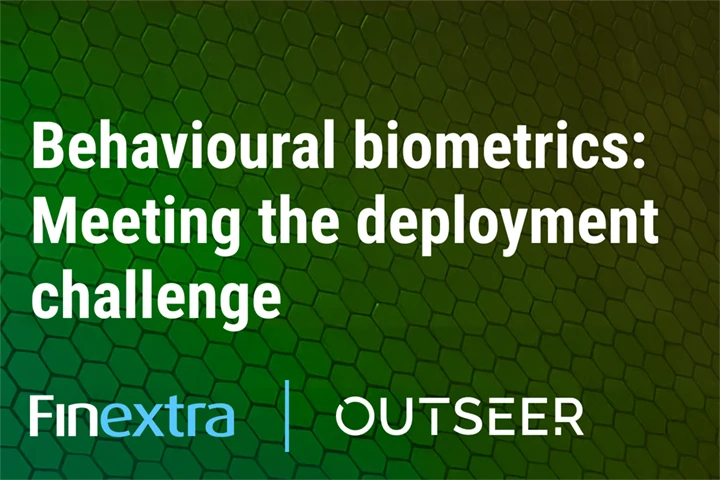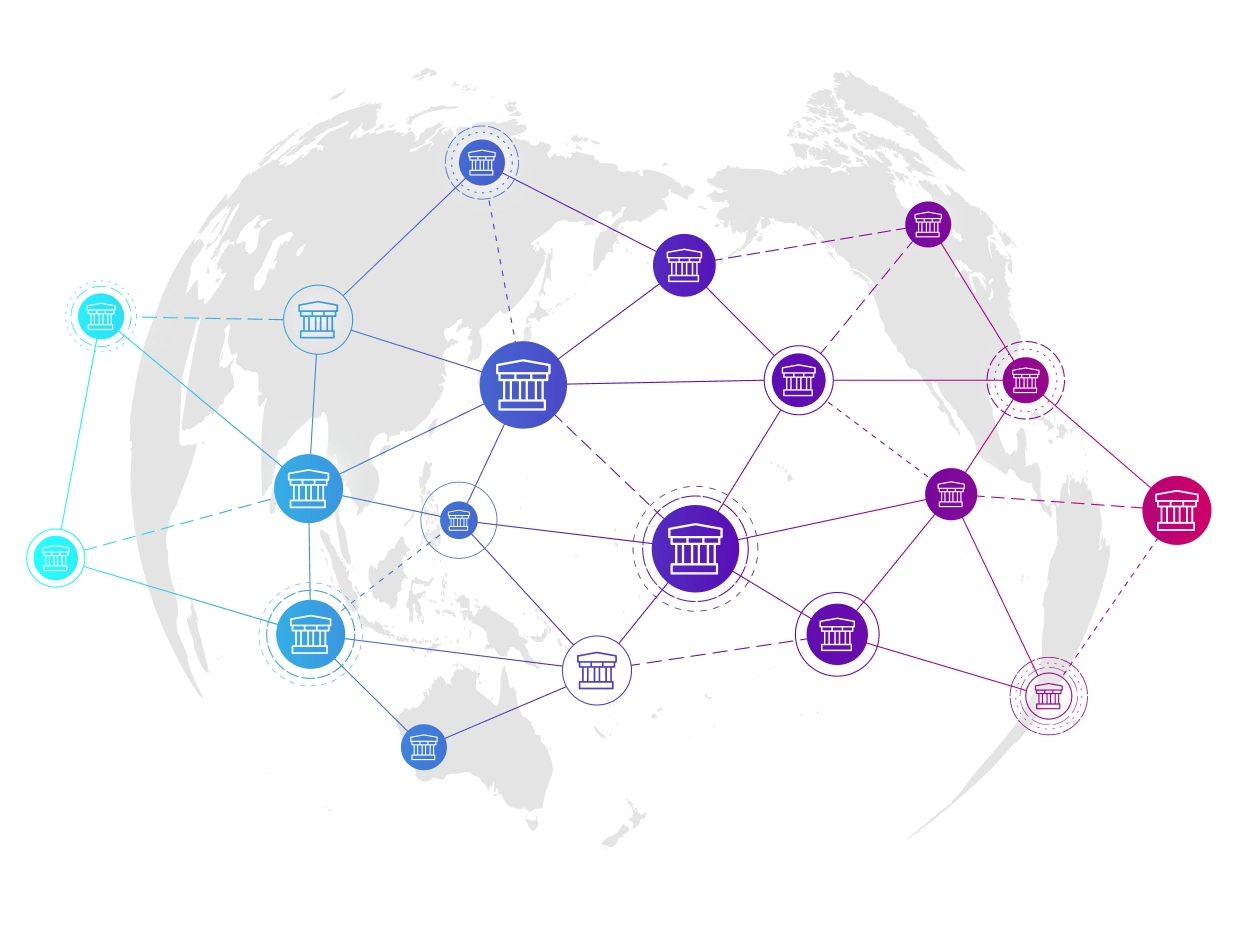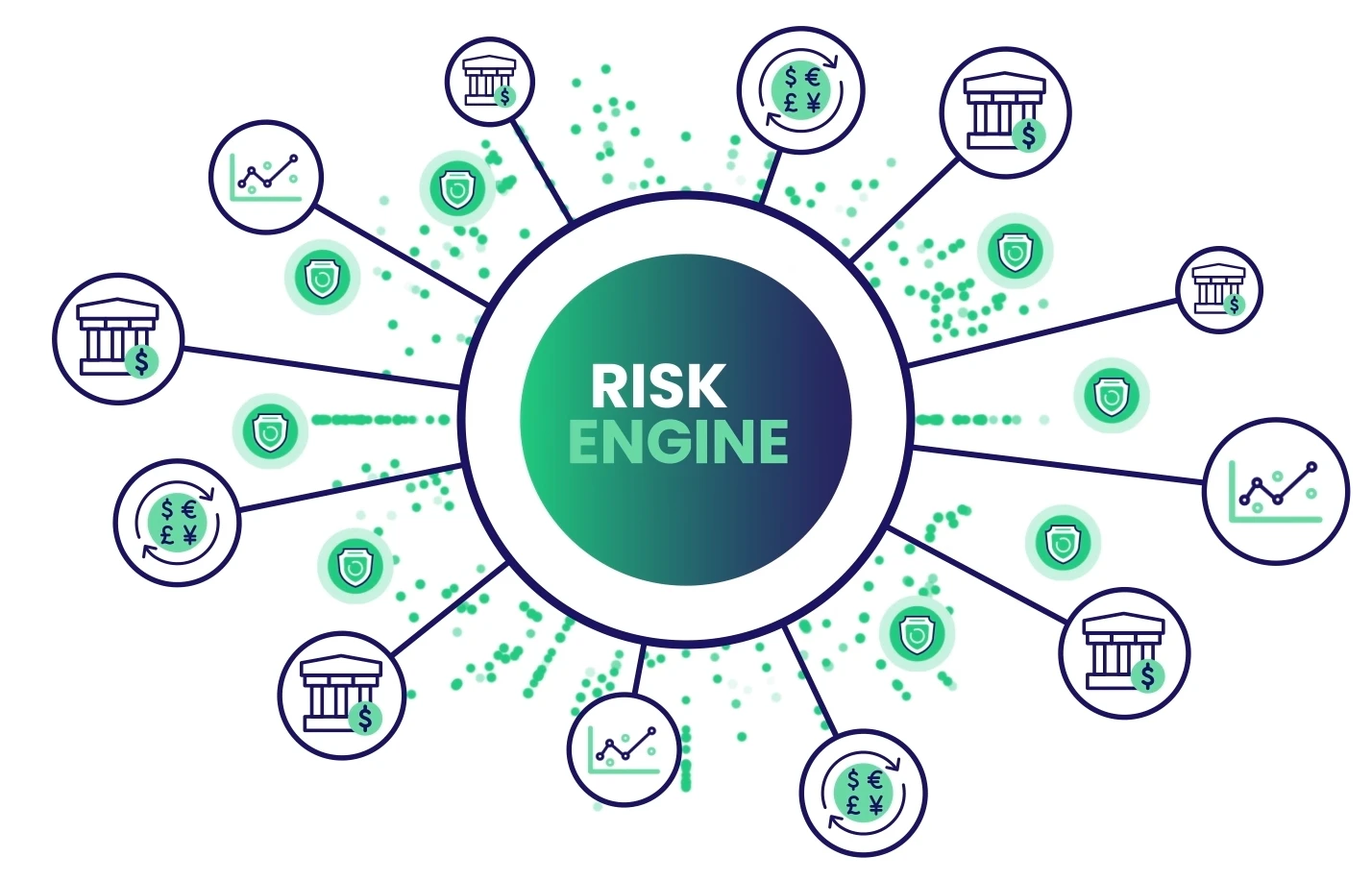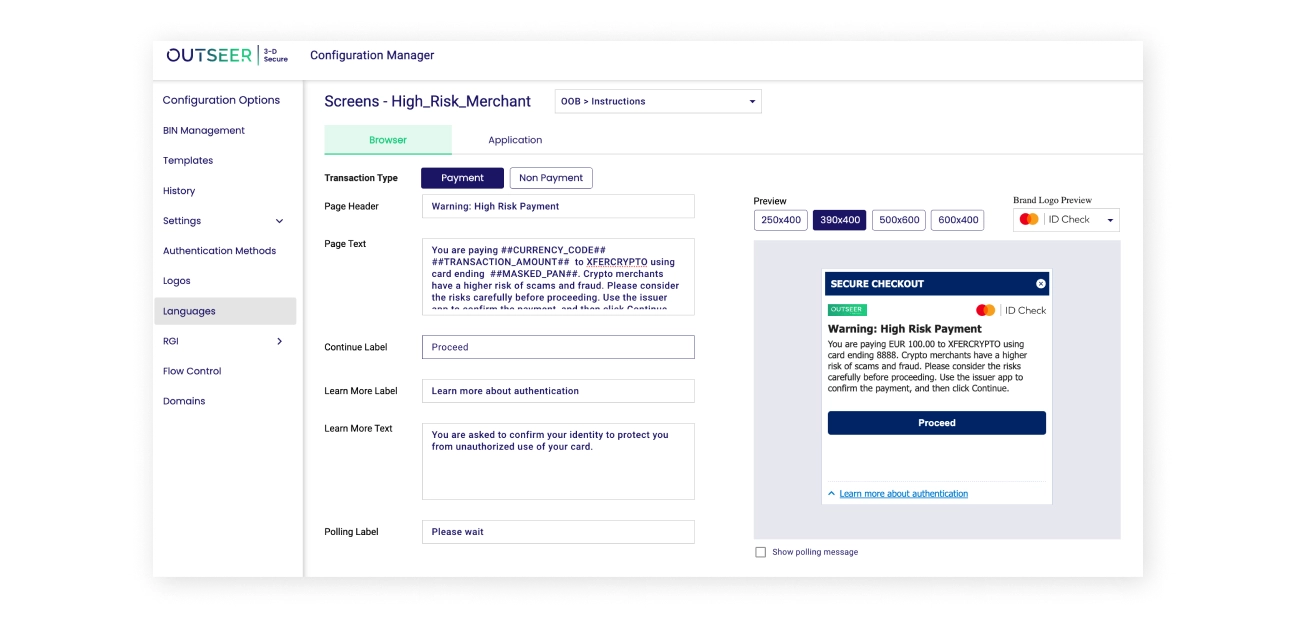Risk Engine Transaction Scoring
The enriched data is then processed by the Outseer Risk Engine. The Risk Engine utilizes our proprietary AI and ML approach to analyze the data and generate a Risk Score. The Risk Engine normalizes the raw score, which is correlated to the conditional probability of the transaction being fraudulent, to produce a score from 0 to 1000 according to a predetermined score distribution. The Risk Engine only uses the relevant data for the use case, so the score is tailored to every digital transaction. The benefits of this approach result in a model of high performance with a superior ability to explain the main indicators and factors driving your score.
Policy Manager Decisioning
The Platform then makes the data elements and the risk score available to the Outseer Policy Manager so you can render decisions based on specific risk profiles, customer segments and transaction types using different score decisioning thresholds, business rules and regulatory rules set by your financial institution. The Policy Manager also determines whether a user is challenged with step-up authentication, including what type of authentication.
Case Management Actioning
Transactions identified as high-risk or potentially fraudulent, including any transaction that was not allowed by the Policy Manager, are escalated to the Outseer Case Manager. This application allows Fraud Managers to investigate and resolve these transactions. Once resolved, feedback is instantly provided to the Outseer Risk Engine and Global Data Network. The Risk Engine uses supervised machine learning algorithms that produce optimal results with feedback from Case Manager and authentication feedback. This continuous feedback loop ensures that our risk models are constantly learning from past events.











